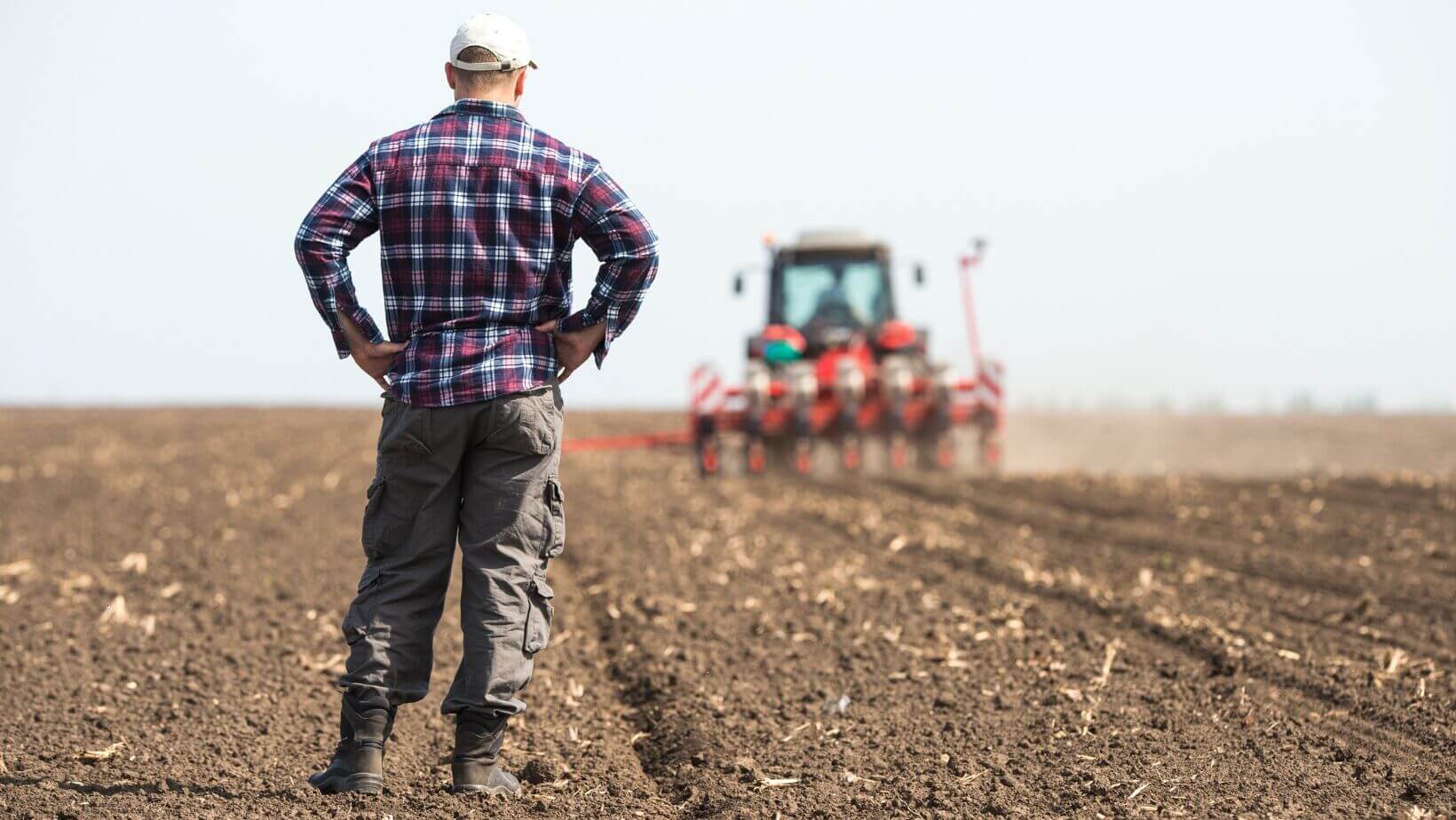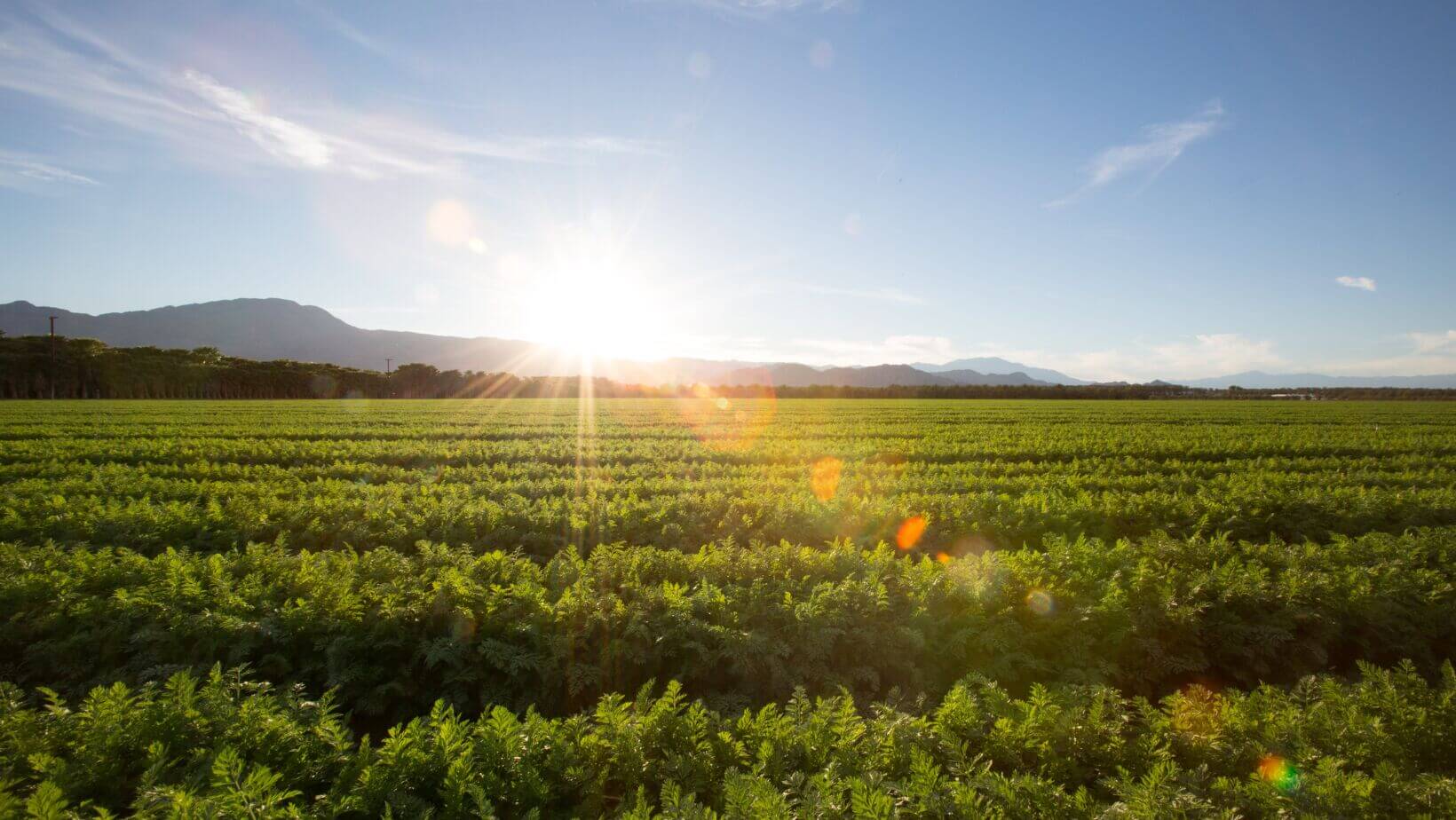 For the past few years, Michigan has seen a resurgence in its farming industry, making it one of the most economically viable agricultural regions in North America. In 2021 alone, there was significant growth in demand for locally-grown food and crops – something that could potentially shape the future of Michigan’s farms and farmers over the next decade or so.
For the past few years, Michigan has seen a resurgence in its farming industry, making it one of the most economically viable agricultural regions in North America. In 2021 alone, there was significant growth in demand for locally-grown food and crops – something that could potentially shape the future of Michigan’s farms and farmers over the next decade or so.
With this increased interest comes an array of complexities that many hunters, farmers, entrepreneurs, investors, and those otherwise involved in agriculture should consider when looking at potential investments within the state. This article will cover everything you need to know about Michigan farming right now – from insights into regional markets and opportunities to innovative technology advancing production processes – providing you with what you need to as we move forward into 2023.
2022 Michigan Land Prices and Farmland Values
 According to Marlo D. Johnson, regional director of the USDA’s National Agricultural Statistics Service (NASS) for the Great Lakes region, the average value of agricultural real estate in Michigan in 2022 was $5,850 per acre.
According to Marlo D. Johnson, regional director of the USDA’s National Agricultural Statistics Service (NASS) for the Great Lakes region, the average value of agricultural real estate in Michigan in 2022 was $5,850 per acre.
Farmland in Michigan is worth 10.4 percent more than it was in 2021. The Lake States include Minnesota and Wisconsin in addition to Michigan. In the Lakes States, the price per acre was $5,960, an increase of 13.7% from the year 2021. Wisconsin’s agricultural land was worth $5,700 per acre, Ohio’s was worth $7,200 per acre, and Indiana’s was worth $8,000.
The price of farmland in Michigan rose by $1,200, or 12.8%, to $5,300 per acre. The average price of land in the Lake States area rose by $15.8 per acre. U.S. farmland is now worth an average of $5,050 per acre, a 14.3 percent rise from 2021. The value of pasture land in Michigan increased 5.8 percent to $2,900 per acre from the year 2021.
In 2022, the cash rent on farmland in Michigan was $144, up $6 from the year before. The cash rent on cropland in the Lake States is $170 per acre, an increase of $8 over the previous year. Cash rentals for agricultural property in states bordering Michigan ranged from $149.00 per acre in Wisconsin to $170.00 per acre in Ohio to $210.00 per acre in Indiana.
In the Lake States, pasture cash rentals have stayed put at $30.00 per acre. In America, the cash rent on a pasture was $14 per acre.
Demand for Different Crops
The demand for different types of crops varies from year to year based on market conditions and consumer preferences. In recent years, there has been an increased demand for organic produce, as well as specialty crops like tomatoes, potatoes, onions, squash, corn, beans, apples, cherries, peaches, blueberries, strawberries, watermelons and pumpkins. There has also been an increase in demand for grass-fed beef products as consumers become more conscious about their food choices.
Farmers are also taking advantage of new technology such as precision agriculture and drones to increase efficiency on their farms. This allows them to be more precise with their crop management practices while reducing labor costs and increasing yields. Additionally, many farmers are experimenting with different growing techniques such as vertical farming or hydroponic systems that allow them to maximize their yields while using fewer resources (water and energy).
Crops Grown and Utilization Rates
 Michigan’s farmers are growing a variety of crops such as corn, soybeans, wheat, hay/alfalfa, apples, and potatoes. Corn remains the most widely grown crop with total acres planted jumping by 9% between 2017-2018 according to USDA data. Interestingly enough, utilization rates—the percentage of product used domestically—are also on the rise across these crops with wheat and corn leading at 87% and 78%, respectively. This shows that local production is sufficient to meet local demand for these products.
Michigan’s farmers are growing a variety of crops such as corn, soybeans, wheat, hay/alfalfa, apples, and potatoes. Corn remains the most widely grown crop with total acres planted jumping by 9% between 2017-2018 according to USDA data. Interestingly enough, utilization rates—the percentage of product used domestically—are also on the rise across these crops with wheat and corn leading at 87% and 78%, respectively. This shows that local production is sufficient to meet local demand for these products.
Changes in the Farming Industry in Michigan
Overall, it is clear that there have been many changes in the farming industry in Michigan over the past few years that have had both positive and negative impacts on farmers/entrepreneurs. Land prices have risen significantly due to increased demand from urban dwellers looking for rural properties while there has also been an increase in demand for certain types of crops like organic produce or specialty items like tomatoes or squash. Additionally, new technology such as precision agriculture or drones is helping farmers become more efficient with their operations while reducing labor costs and increasing yields. It will be interesting to see what changes arise over the next few years!